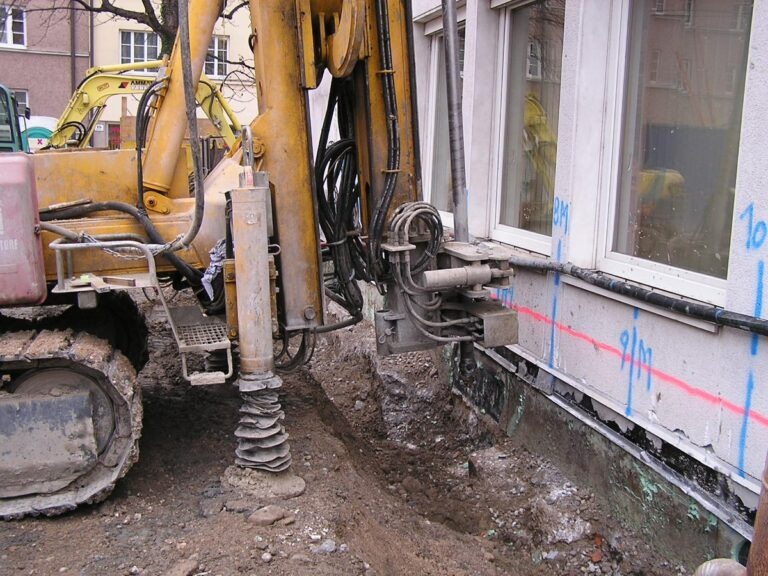In heavy construction projects, ensuring the stability and safety of structural components is paramount. One critical element that often goes unnoticed but plays a vital role is anchor grout. When combined with other materials like anchoring epoxy, industrial adhesive, and concrete bonding agents, anchor grout significantly strengthens connections and load transfer points, preventing failures and extending the lifespan of structures.
In this article, we explore how anchor grout contributes to structural stability, its advantages, and its interplay with related materials like joint sealants and fillers.
What Is Anchor Grout?
Anchor grout is a specialized, high-strength, non-shrink grout used to secure heavy machinery, steel columns, base plates, and other load-bearing elements to concrete foundations. It fills voids beneath baseplates or equipment feet, distributing loads evenly and providing a stable interface that resists movement and vibration.
Why Is Anchor Grout Essential in Heavy Construction?
Heavy construction involves massive loads, dynamic forces, and continuous stresses. Without proper anchoring, structural elements can shift, causing misalignment, fatigue, or catastrophic failure.
Anchor grout:
- Provides uniform load distribution, reducing stress concentrations.
- Prevents settlement and movement of machinery and structural components.
- Absorbs vibrations, protecting sensitive equipment.
- Ensures durability by resisting shrinkage, cracking, and chemical attack.
Role of Anchoring Epoxy and Industrial Adhesives
While anchor grout forms the bulk of the support, anchoring epoxy is often used for securing bolts or rods into drilled holes within concrete. Epoxy adhesives offer superior bonding strength and chemical resistance, making them ideal for heavy load applications.
Similarly, industrial adhesives complement grout by bonding dissimilar materials or sealing joints where movement occurs. Together, these products create a robust anchoring system capable of handling intense operational demands.
Importance of Concrete Bonding Agents and Joint Sealants and Fillers
Concrete bonding agents improve adhesion between old and new concrete surfaces or between grout and concrete substrate. This ensures a seamless, monolithic structure, vital for load transfer and preventing delamination.
Joint sealants and fillers are used around anchoring points to accommodate thermal expansion, vibration, and moisture ingress. Flexible sealants maintain the integrity of joints, preventing cracking and corrosion.
Benefits of Using High-Quality Anchor Grout Systems
- Enhanced Structural Integrity: By creating a solid connection between base plates and foundations.
- Reduced Maintenance: Durable grout reduces the need for frequent repairs.
- Improved Safety: Secure anchoring minimizes risks of structural failure.
- Versatility: Suitable for a variety of heavy construction applications including bridges, factories, and power plants.
Choosing the Right Anchor Grout and Related Materials
Selecting the appropriate grout depends on factors like load type, environmental exposure, and curing time. Leading manufacturers, such as Fospak, provide tailored solutions with proven performance backed by technical support.
Anchor grout is more than just filler, it’s a vital component that underpins the safety and durability of heavy construction projects. When used alongside anchoring epoxy, industrial adhesives, concrete bonding agents, and joint sealants and fillers, it forms a comprehensive anchoring system that delivers unmatched structural stability.
For reliable anchoring solutions, partnering with trusted suppliers like Fospak ensures quality materials and expert guidance tailored to your project’s needs.

